
Transform Indoor Days into Sensory Adventures!
Winter in Melbourne presents unique challenges for families, particularly those with children experiencing sensory processing challenges, autism, or ADHD. The reduction in outdoor activities can lead to increased restlessness, sensory overload, and emotional dysregulation. But with thoughtful indoor sensory activities, your winter days can become moments filled with calm, creativity, and connection.
At Sensory Beez, our therapist-approved and family-loved sensory products are specifically designed to support children’s development and emotional regulation during these indoor months. If you have any questions or need personalized support, contact our team directly on WhatsApp.
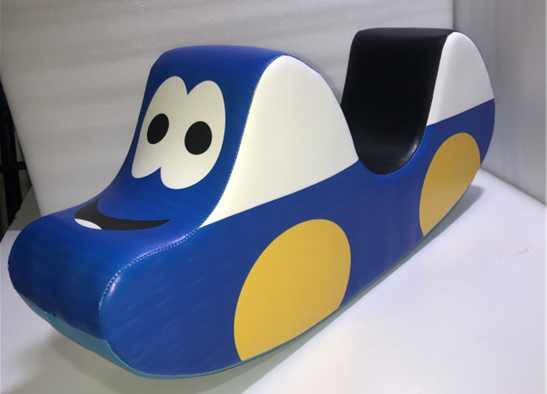
1. Rock into Relaxation
The Sensory Soft Rocker is an excellent choice for soothing rhythmic movements, enhancing calmness and emotional regulation. Children can rock gently during storytime or quiet activities, providing the sensory input needed to relax and refocus.
FAQ: Can multiple children use it at once? While primarily designed for individual use, supervised sharing is suitable for siblings or friends.
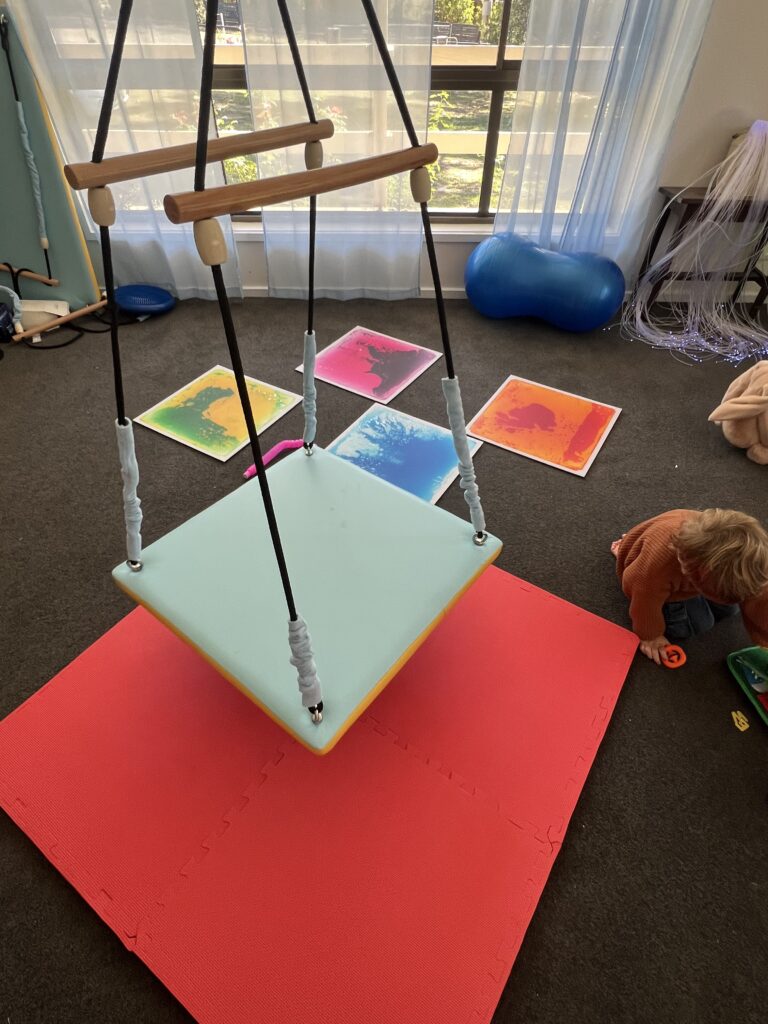
2. Swinging Corner Sanctuary
Set up a calming retreat with the Square Flat Swing. Ideal for quiet relaxation, it provides gentle vestibular stimulation essential for emotional and physical regulation. Enhance the sensory corner with soft lighting and calming music for an even more soothing experience.

3. Dive into Sensory Play
Create endless fun with our Ball Pit, complete with 1000 colourful balls. This activity encourages tactile exploration, motor skill development, and imaginative play, offering an ideal indoor sensory experience.
FAQ: Is it suitable for group play? Yes, perfect for playdates or sibling interactions under supervision.

4. Calm and Cozy with Weighted Comfort
Incorporate a Weighted Lap Blanket into your child’s routine during quiet times like reading, homework, or watching movies. This deep pressure therapy helps children feel grounded, calm, and focused.
Therapist Tip: Pair it with calming music or dimmed lighting for enhanced relaxation.
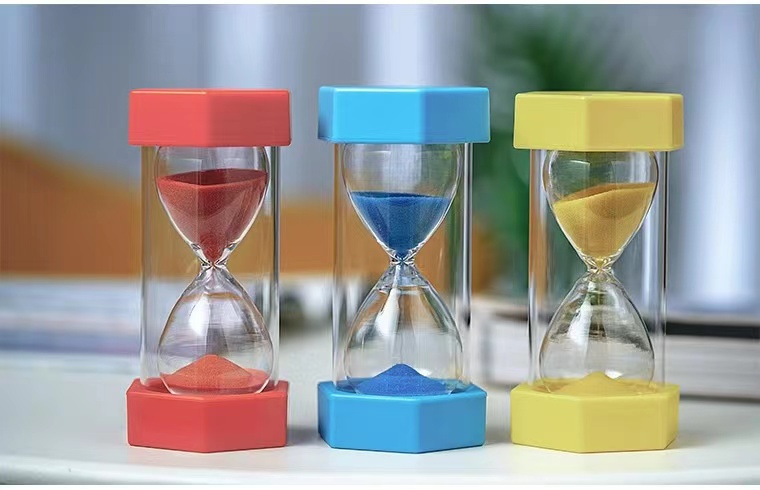
5. Timed Sensory Activities
Introduce structure and predictability to your sensory activities using the 10-Minute Sand Timer. Visual timers help children understand transitions, manage anxiety, and encourage independence in daily routines.
FAQ: Can this timer help my child focus better? Definitely. The visual cue helps children anticipate task durations and manage their expectations effectively.
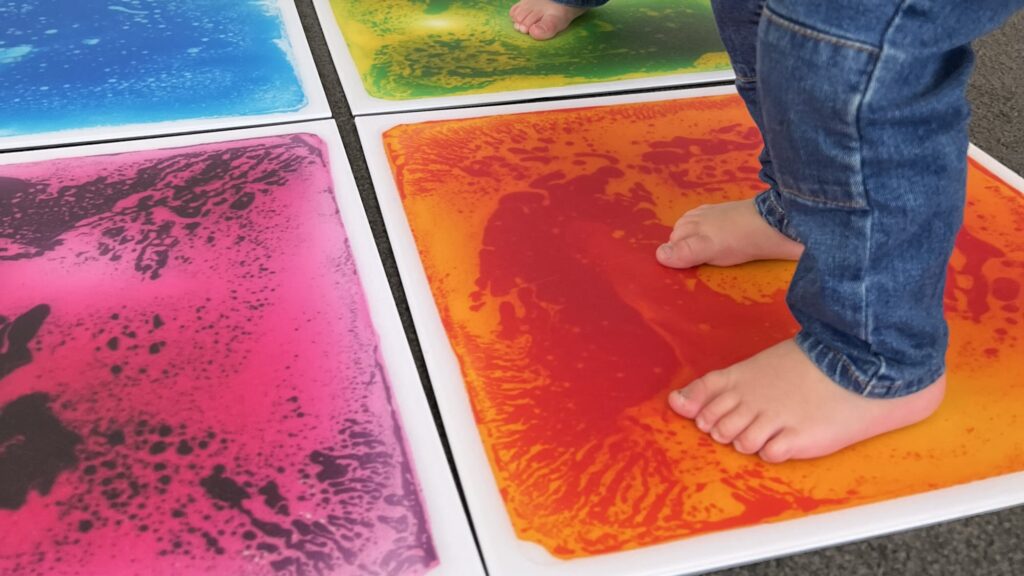
6. Create Colourful Sensory Paths
Transform ordinary spaces into captivating sensory experiences with our Liquid Tiles. Encourage your child to hop, step, and interact with these mesmerizing tiles, providing engaging visual stimulation without overwhelming sensory input.

7. Deep Pressure for Better Sleep
The Sleep Pod is perfect for bedtime routines or calming moments throughout the day. The gentle, comforting pressure helps regulate sensory systems and promotes restful sleep.
FAQ: Can older children use it? Absolutely! It’s suitable for children of various ages due to its flexible, stretchy fabric.
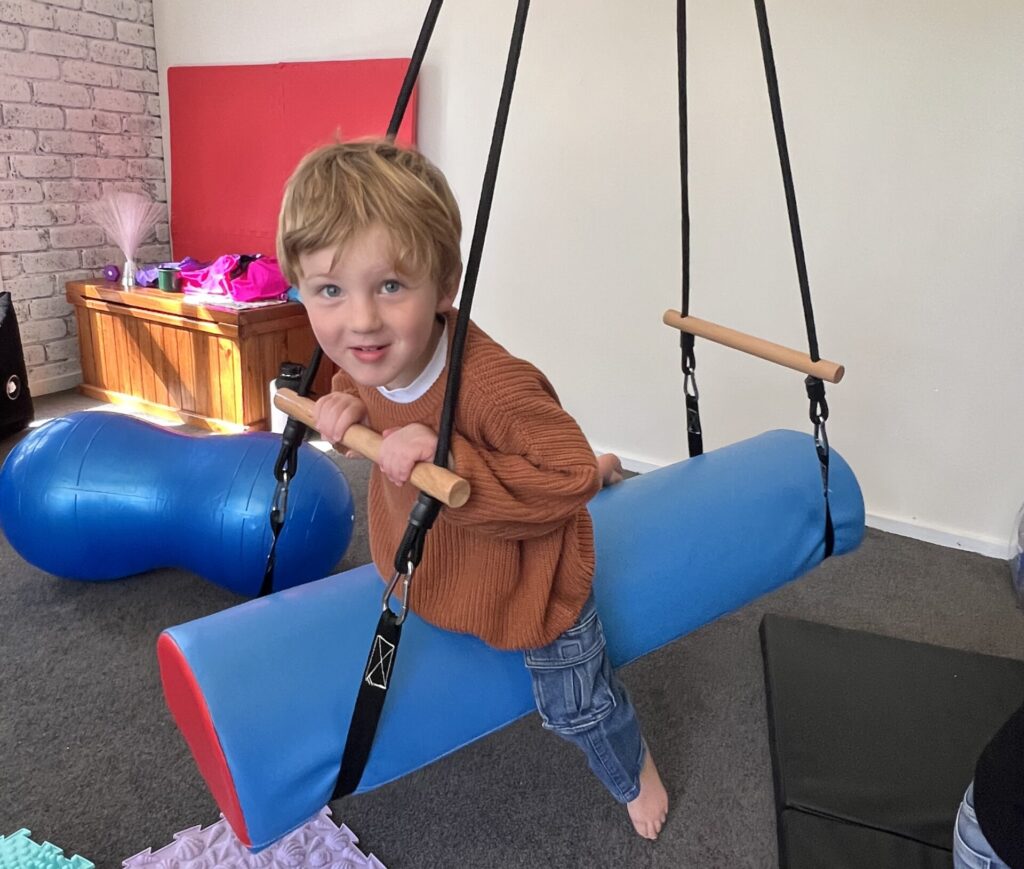
8. Family Bonding Through Swinging
Our Arch Swing is not just for therapeutic use—it’s a fun family activity that supports emotional bonding, coordination, and sensory regulation through gentle swinging motions.
Therapist Tip: Integrate swinging sessions into your daily schedule for consistent sensory support.

9. High-Energy Indoor Sliding
The Roller Slide is an excellent indoor option to meet your child’s high-energy needs. Sliding provides rhythmic vestibular input, helping children regulate their emotions, improve coordination, and enhance sensory processing.
FAQ: Can it be easily moved around the house? Yes, it’s designed to be lightweight and easily portable within different indoor spaces.
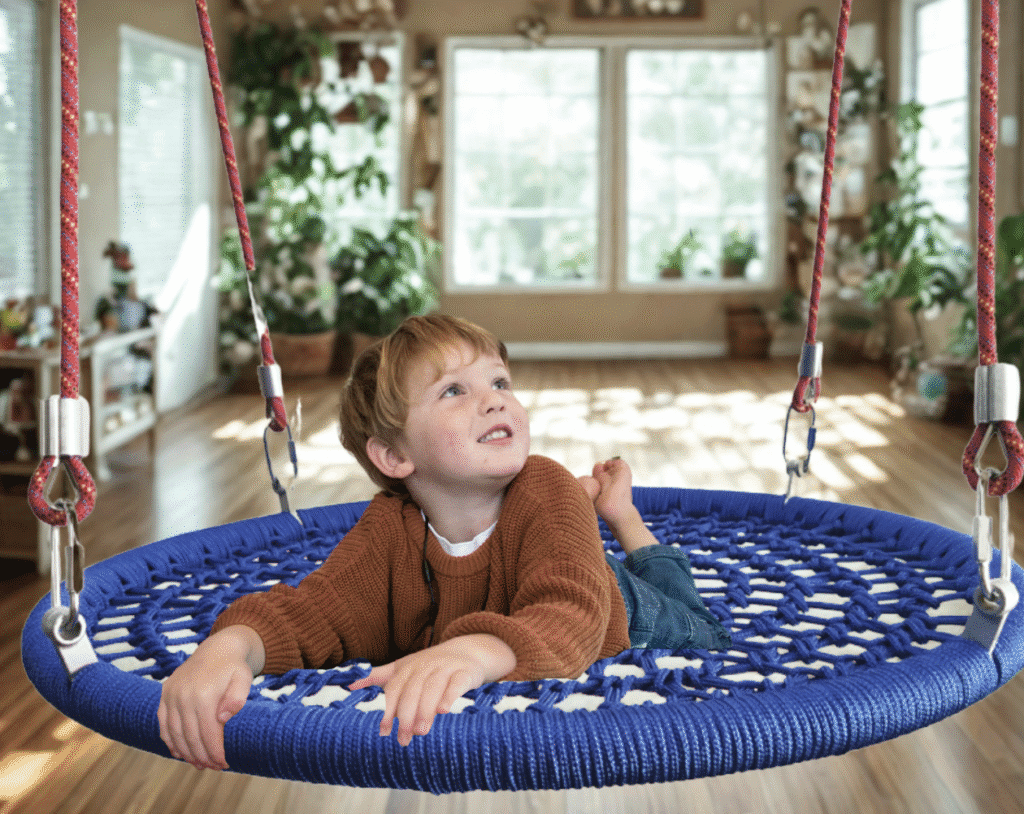
10. Private Sensory Retreat
The Indoor Nest Swing provides a secluded, comforting environment for relaxation, reading, or gentle swaying. This enclosed swing is particularly beneficial for children experiencing sensory overload or anxiety.
Bonus Activity: Sensory Obstacle Course
Create a fun, engaging sensory obstacle course by combining several of these sensory tools. Use Liquid Tiles as stepping stones, Ball Pit for diving, Square Flat Swing for swinging, and Roller Slide for sliding. This course encourages motor planning, coordination, and sensory regulation.
Therapist Tip: Customize the obstacle course based on your child’s sensory preferences and developmental goals.
Crafting Your Perfect Winter Sensory Routine
Therapists suggest building sensory routines with a balanced blend of active play, quiet time, and predictable structure:
- Start Your Day Right: Morning sessions with active play tools like Roller Slide or Arch Swing to boost energy.
- Midday Calm-Down: Activities with Liquid Tiles, Ball Pit, or gentle rocking with the Sensory Soft Rocker.
- Structured Quiet Time: Incorporate Weighted Lap Blankets, Sleep Pods, and Square Flat Swings for focused tasks or quiet rest.
- Evening Routine: Gentle swinging with the Indoor Nest Swing or calming deep pressure from the Sleep Pod before bedtime.
For support in choosing sensory tools tailored specifically to your child’s needs, explore our NDIS Ordering page.
Making Winter Indoors a Sensory Success
Indoor winters can be challenging, but by implementing thoughtful sensory activities, you can transform your space into an environment of calm, creativity, and positive energy. Every product we recommend is therapist-approved, ensuring safety, effectiveness, and longevity.
If you have further questions or require personalized assistance, reach out to our dedicated team via WhatsApp. We’re here to ensure your family experiences a peaceful and productive winter indoors.
Disclaimer: The information in this blog is for general guidance and inspiration only. Sensory Beez does not provide medical or therapeutic advice. For personalised recommendations, please consult with your occupational therapist, paediatrician, or healthcare provider. Always use sensory equipment under appropriate supervision and according to safety guidelines.


